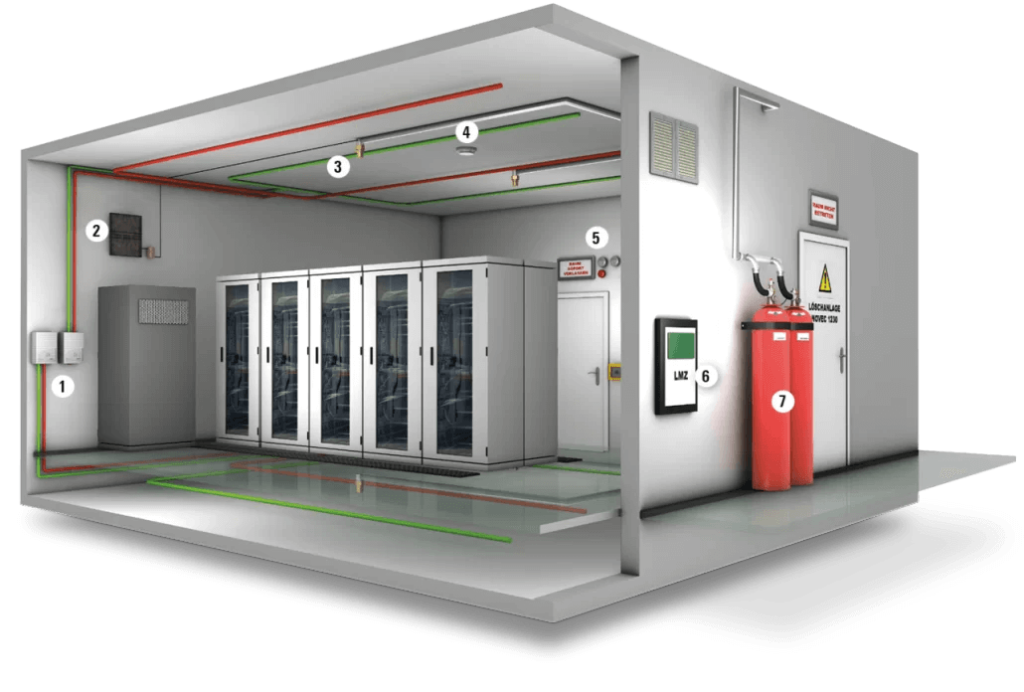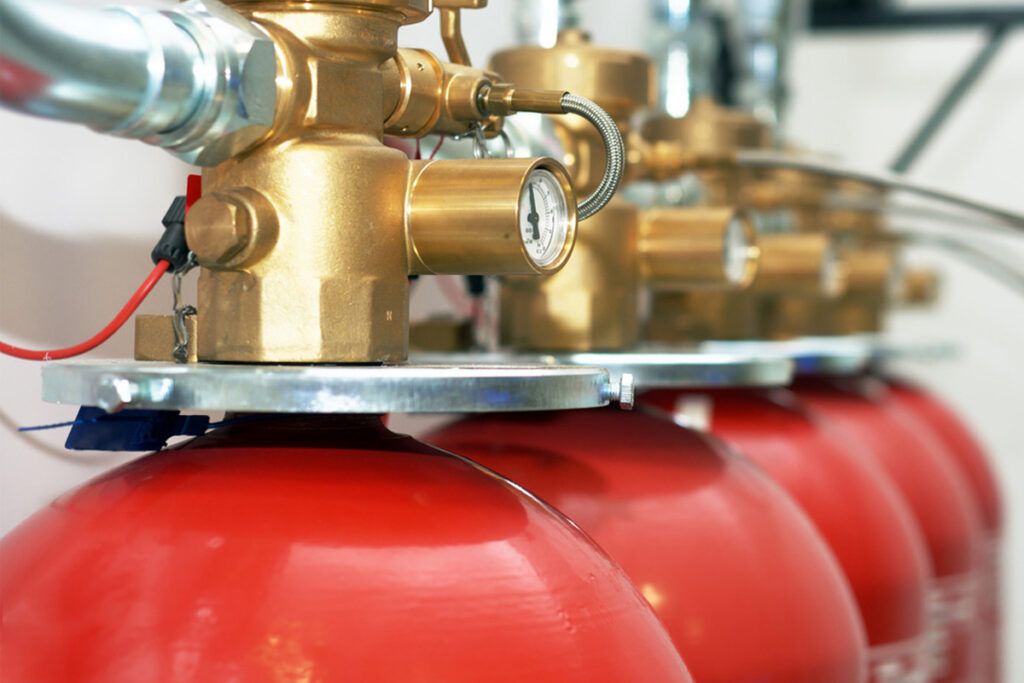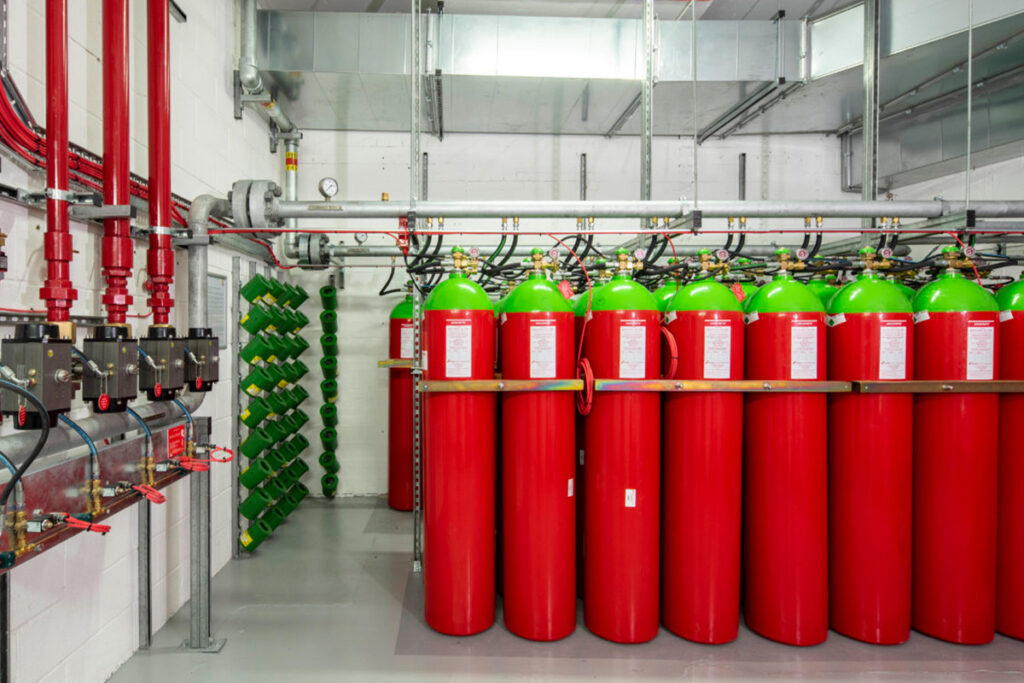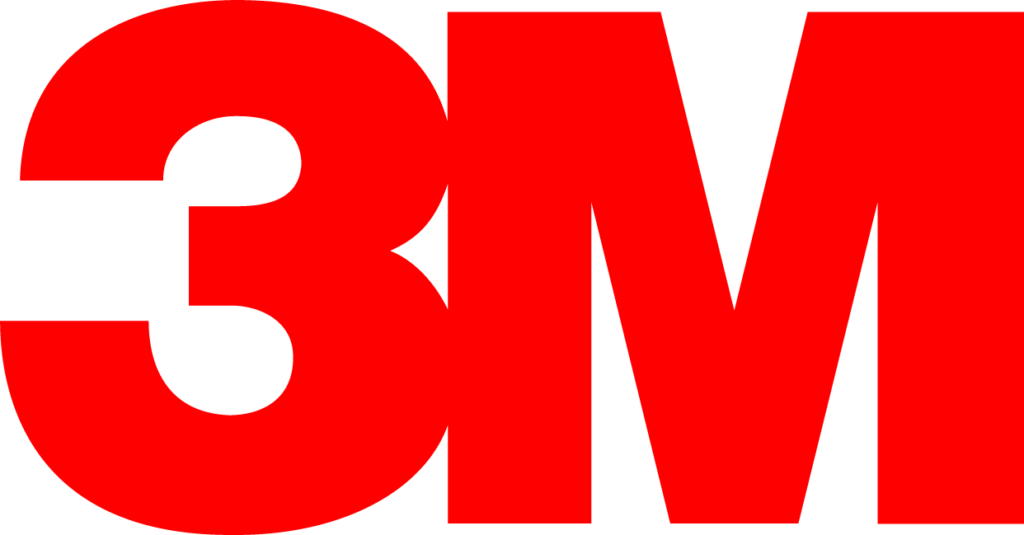Clean Agent Fire Suppression System
The fire-sensitive areas like datacenter, server rooms, museums, or business premises where every asset is valuable a business-critical requirement to protect from hazards. In these areas, traditional water-based fire protection systems could severely damage sensitive assets apart from the fact that sometimes it may spread fires rather than suppression them.
Waterless clean agent (gaseous) fire suppression systems could minimize the damage and bring the business back in operation quickly. Gaseous systems work quickly and effectively without harming people or the environment.

Clean Agents Variations
We provide turnkey solutions for three common and mostly used clean agents for fire suppression. We offer Novec 1230, FM-200, and inert gas to protect your valuable assets.

HFC-227ea
HFC-227ea a Halocarbon Agent contains carbon, hydrogen, and halogen mostly used chemicals throughout the world. This HFC chemical is stored as a liquid, vaporized during discharge, and the concentration rate is 6.25-8.7%(NFPA 2001).
HFC-227ea has a low ODP (Ozone Depletion Potential) for the environment and can also safely be used in occupied spaces. It extinguishes fire through heat absorption and cooling effects. Moreover, the best part of it, the HFC-227ea, can extinguish the fire within 10 seconds or less time.

FK-5-1-12
FK-5-1-12 or chemical name 3M (Fluroketone) contains carbon, oxygen, and fluorine. It is stored as a liquid and applied as a gas, but non-conductive in liquid and gas states. This chemical belongs to the halocarbons family and is used in the replacement of Halons and HFCs.
FK-5-1-12 extinguishes fire efficiently by displacing oxygen from the fire. It is a nontoxic, eco-friendly clean agent, which has very low ODP (Ozone Depletion Potential) and low GWP(Global Warming Potential). During application, the chemical total flooding concentration rate is 4.2-5.9%, according to NFPA 2001.

Inert Gas
Inert gas contains nitrogen, carbon dioxide, and nitrogen, stored as a gas, works on high pressure compared to other clean agents and concentration rate is higher also. It is around 34.2-40.6%.
Inert gas suppresses fire by reducing oxygen level, nontoxic and has very low ozone depletion potential that is safe to use for protection. But the release of Inergen gas is 60 seconds that is comparatively long of these three options.
The selection of gas options depends on factors like cost, priorities and applications. We can guide you best use case based on your budgets and requirements.
Our Brand Partners



